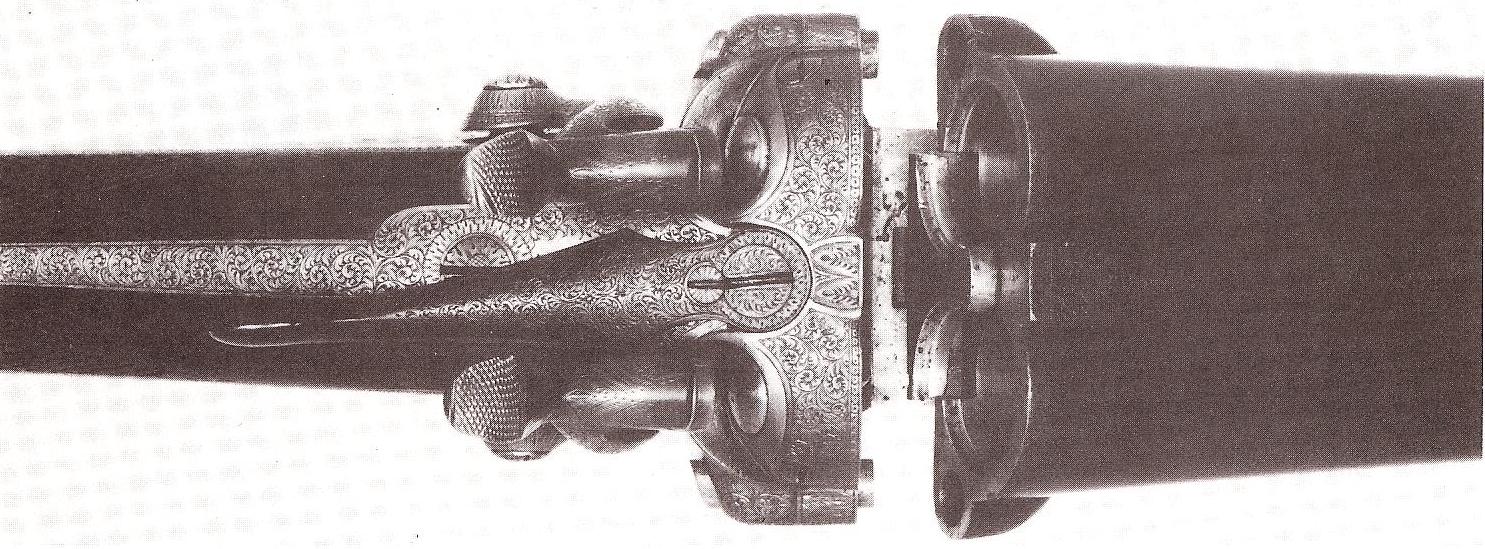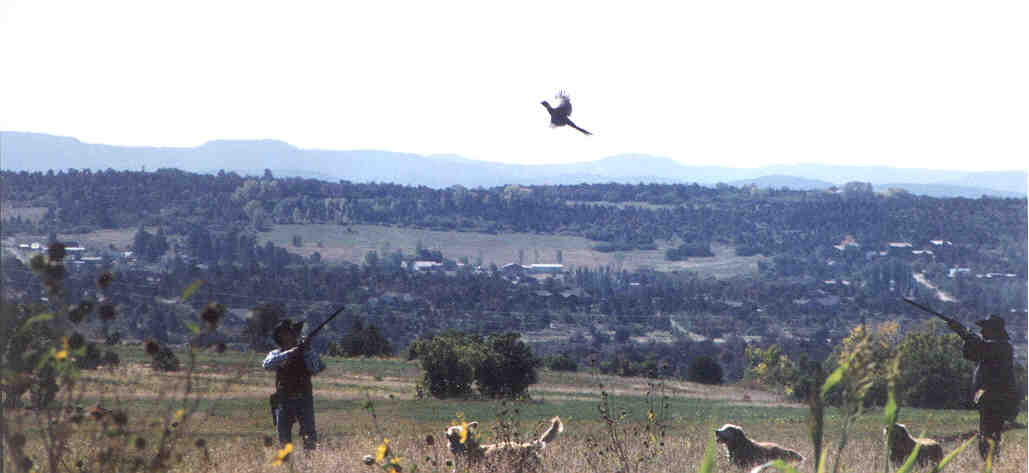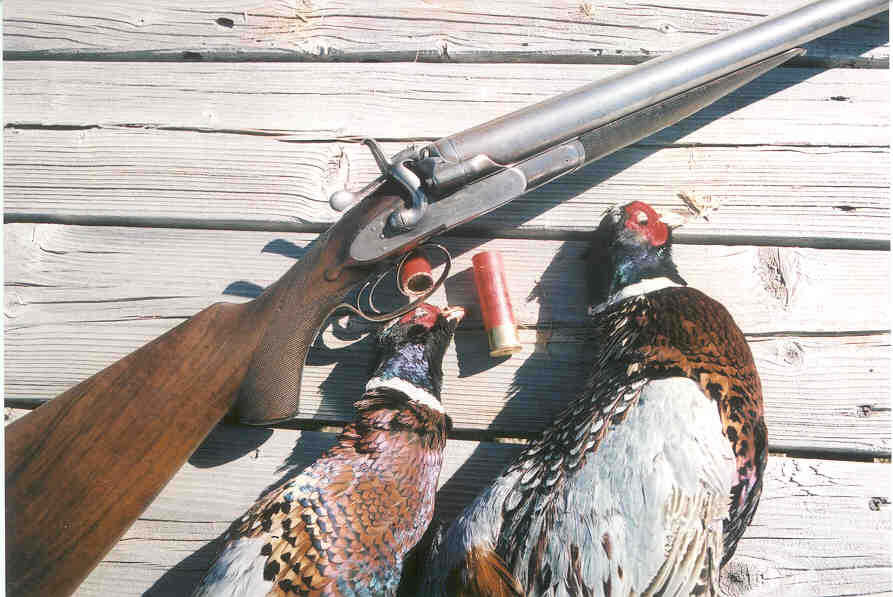Miguel Antonio Otero was born on October 17, 1859, to wealthy parents who were themselves descendants of of upper-class Castilians. Their families had been in New Mexico as early as 1605, and eponymous Otero County, New Mexico, bears their name. Miguel eventually became a prominent citizen and was three-term New Mexico Territorial Governor, appointed by both President McKinley and President Theodore Roosevelt.
As a young man, Otero was employed in the family mercantile business in Las Vegas. He enjoyed sport hunting immensely, and on March 6, 1880, he joined ten friends for a waterfowl hunt at nearby Kronig’s Lake, about 14 miles to the northeast of Las Vegas.
He later recalled: “On our arrival we found the lakes alive with all kinds of waterfowl, such as geese, curlew, ducks , snipe, and ibis. There were thousands upon thousands of them on each of the five lakes. We lost no time getting into the blinds and continued shooting until it became too dark to distinguish the flying birds. We all started back to the clubhouse carrying as many birds as we could handle.”
After another hunt the next day, the party started for Las Vegas at 5 p.m. with 461 ducks, eight geese, and a large quantity of snipe, ibis, and curlews. (It goes without saying that this was a different time, and the sort of shooting undertaken by the party in 1880 would not be tolerated by sportsmen today.) They then drove around town delivering game to all their friends, but they kept enough for a large dinner at Watson’s Restaurant.

Scott’s Patent No. 2052 of 1874 featured on a Holland & Holland double.
The shotgun that Otero used was a high-grade 10 bore by William and Charles Scott. W & C Scott & Company was listed in the London and Birmingham directories from 1853 until 1898, at which time the company amalgamated with P. Webley and Son to become Webley and Scott, Ltd.
William Scott held a number of patents, including one pertinent to this shotgun. No. 157699, dated December 15, 1874, was a means of attaching the fore stock to shotgun barrels. Otero’s gun, Serial No. 6526, was made in 1875 and employs that latch.
Of even more importance is Scott’s Patent No. 2052 of 1874, which added strength to James Purdey’s double underlugs (Patent No. 1104 of 1863) by placing ¼-inch-diameter, bilaterally symmetrical, cylindrical-locking bolts on the outside of the breech face. Those entered corresponding short, stout tubes with closed forward ends on the barrels, hence a quadruple lock. To say that it locks up like a bank vault is literally the truth. It is a precursor to similar pins seen on a number of modern Italian shotguns.
Of interest to virtually every break-open gun extant today is Scott’s patented toplever, which connected with the Purdey double underlugs.

The author about to drop a pheasant with Otero’s 10 bore.
The subject gun, truly an example of engineering overkill, weighs nine pounds, eight ounces, sports 32-inch Damascus barrels, and a well-figured walnut stock with 14¼-inch length of pull. The water-table flat of the right barrel is marked “Charge 4 drams, 1¼ oz shot.”
Ron Peterson of Albuquerque, current owner of Otero’s shotgun, is a dealer in antique and modern guns who purchased it from the Otero family. When I expressed an interest in writing an article on Otero and the gun, Ron graciously allowed me to take it hunting.
I made cartridges for the shotgun by trimming back modern 3-inch plastic cases to 2 5/8 inches. I loaded them with three and a half drams of FG black powder, an over-powder card, a thick, well-lubed fiber-cushion wad, and one and a quarter ounces of #4 shot. A thin over-shot card was held in place by an ancient roll crimper.
The combination performed admirably on roosters in Colorado. Perhaps Miguel Antonio Otero would be pleased to know that his gun is still bagging game.

